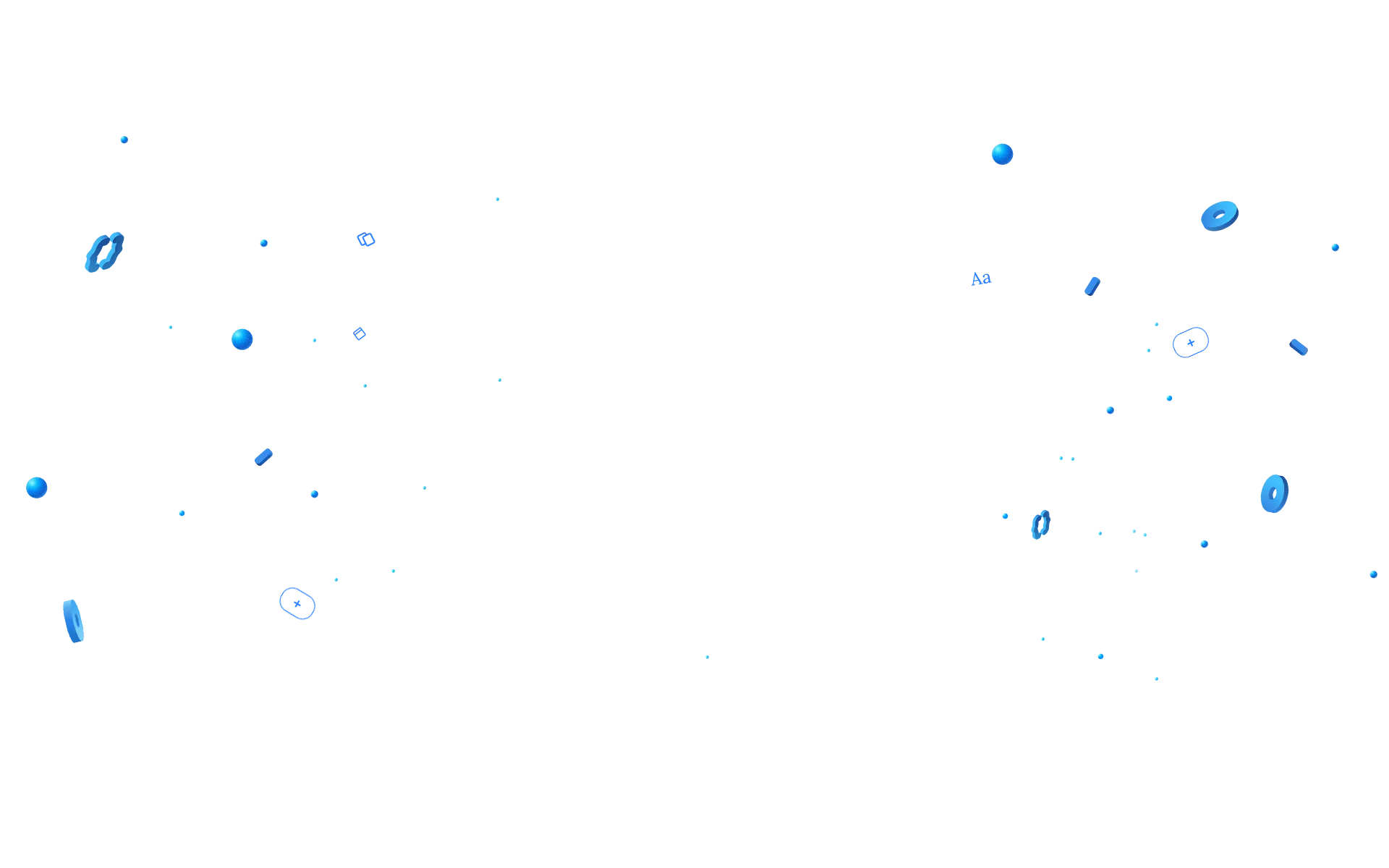Mental Disorders
Post-traumatic stress disorder (PTSD)
Panic attacks are a common symptom of post-traumatic stress disorder (PTSD). For those with PTSD, intense feelings of fear can arise suddenly and unexpectedly, often without any clear trigger. These overwhelming moments are known as panic attacks and can be terrifying, causing both emotional and physical distress.
What Happens During a Panic Attack?
A panic attack can feel like a sudden wave of fear, often accompanied by a sense of losing control or even the fear of dying. During an attack, the world around you might feel distorted or unreal. This heightened state of anxiety typically peaks about 10 minutes after the attack begins, although the entire episode can last anywhere from 5 minutes to a few hours.
Common physical symptoms of a panic attack include:
- Chest pain
- A rapid or pounding heartbeat
- Difficulty breathing or feeling short of breath
- Dizziness or trembling
- Nausea or stomach pain
- Sweating
- Chills or hot flashes
- Feeling as though you're choking
Panic Disorder and PTSD
If you've experienced multiple panic attacks or constantly worry about when the next one will happen, you may be suffering from panic disorder. Panic disorder, especially in individuals with PTSD, can lead to additional stress, affecting everyday life. For some, this constant fear can cause avoidance behaviors—where you avoid people, places, or situations that remind you of past trauma to prevent panic attacks.
Seeking Help: Treatment Options
If you are dealing with panic attacks or think you may have panic disorder, it's important to consult with a healthcare professional. Together, you can explore treatment options that can help manage both panic attacks and PTSD symptoms.
Some common treatments include:
Cognitive-behavioral therapy (CBT): This form of therapy teaches relaxation techniques to help control the physical symptoms of panic attacks. It also helps you recognize how your thoughts and reactions to memories can trigger feelings of fear and anxiety. "Exposure" exercises, where you gradually confront stressful memories or situations, may also be part of the treatment plan.
Medications: Antidepressants and anti-anxiety medications are often prescribed to manage panic disorder and PTSD. These medications help regulate the brain's response to stress and reduce the frequency and intensity of panic attacks.
Takeaway
Panic attacks can be a frightening aspect of PTSD, but they are treatable. Whether through therapy, medication, or a combination of both, there are ways to manage panic disorder and regain control over your life. If you experience panic attacks, don’t hesitate to seek professional support to start your journey toward healing.

Leave us a message and one our specialist will reach out
Most insurances accepted



